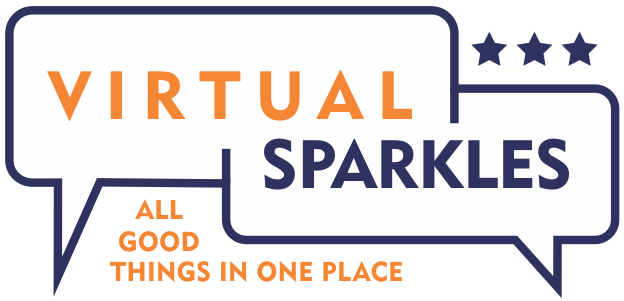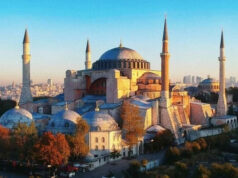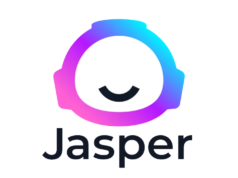Midjourney is an AI image generator that has been taking the art world by storm. The application allows users to create stunning images by simply describing them in natural language. Midjourney is still in beta, but it has already been used to create a wide variety of images, including landscapes, portraits, and abstract art.
What is Midjourney?
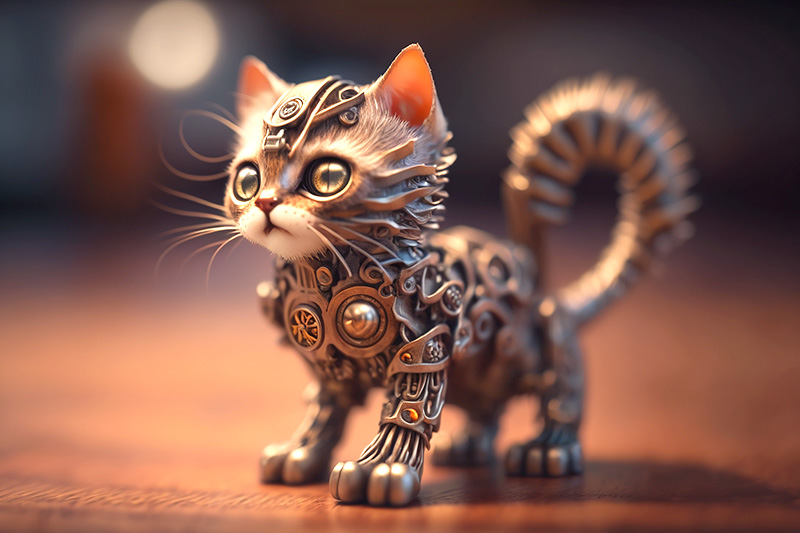
Midjourney is an AI image generator that is powered by a technology called diffusion models. Diffusion models are a type of generative adversarial network (GAN) that are trained on a massive dataset of images. When a user asks Midjourney to create an image, the application uses the diffusion model to generate a series of images that gradually become more and more realistic. The user can then interact with the images to refine their appearance.
Who is the Founder of Midjourney?
Midjourney was founded by David Holz and Tim Hutton. David Holz, a former engineer at Leap Motion, brings expertise in the field of motion tracking and interactive technology. and Hutton is a former Google AI researcher. His work at Leap Motion involved developing innovative solutions for hand and gesture tracking, pushing the boundaries of human-computer interaction. Tim Hutton, on the other hand, is a former AI researcher at Google, where he specialized in artificial intelligence and machine learning. With his deep understanding of AI algorithms and their applications, Hutton brings invaluable knowledge to Midjourney.
Together, Holz and Hutton recognized the untapped potential of AI-generated art and the barriers that prevent many individuals from exploring this emerging field. They were inspired to create a platform that would bridge the gap between AI technology and artistic expression. By leveraging their combined expertise, they established Midjourney to provide a user-friendly platform where anyone, regardless of their artistic background, can engage with and create AI-generated art. The founders’ shared vision for Midjourney is to democratize AI-generated art, making it accessible to artists, designers, and enthusiasts worldwide.
Why is Midjourney Popular?
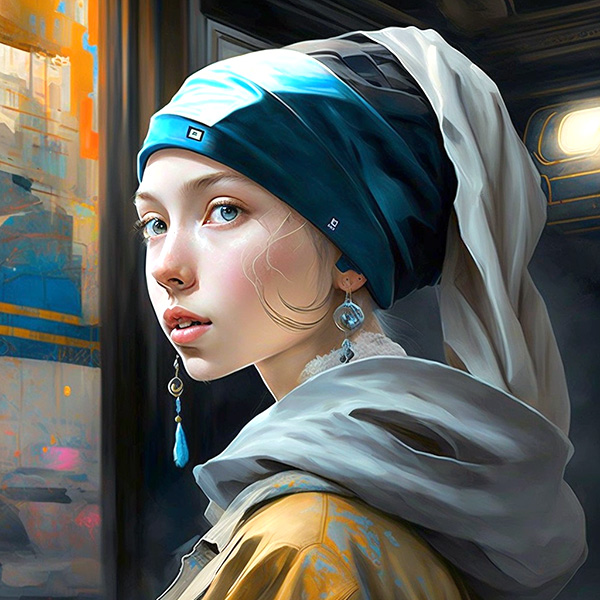
Midjourney has gained popularity due to its user-friendly interface and ease of use. The application simplifies the creative process by allowing users to describe the image they envision in natural language, eliminating the need for complex design tools or technical skills. This accessibility has attracted a wide range of users, from beginners to experienced artists, who appreciate the simplicity and efficiency of the platform.
Another reason for Midjourney’s popularity is its versatility. The application offers a vast array of options, enabling users to create various types of images, including landscapes, portraits, and abstract art. Whether users are looking to depict a serene beach scene or a vibrant cityscape, Midjourney’s AI-powered technology can generate the desired visuals, providing artists with a platform to explore and express their creativity.
What sets Midjourney apart is its ability to produce highly realistic images. The AI algorithms employed by the application have been trained on extensive datasets, allowing it to generate visuals that are often indistinguishable from real photographs. This level of realism has captivated users, as they can create stunning artwork that mirrors reality without the need for traditional artistic techniques or advanced photography skills.
The Beginning of Midjourney and the Challenges

The inception of Midjourney marked the start of an exciting yet challenging journey for its founders. One of the initial hurdles they faced was developing a diffusion model capable of generating realistic images. Holz and Hutton dedicated months to experimenting with various techniques, pushing the boundaries of their knowledge and expertise until they finally achieved a breakthrough. This process involved rigorous testing, refining, and iterating to ensure the model produced high-quality and visually appealing results.
Apart from technical challenges, making Midjourney accessible and user-friendly was also a top priority for the team. They envisioned an application that could be used by individuals of all technical backgrounds, eliminating the barriers to entry for users who may not possess extensive technical skills. To accomplish this, the team invested significant time and effort in creating an intuitive user interface, streamlining the user experience, and providing clear instructions and support resources. Their goal was to empower users to effortlessly navigate the application and unlock the full potential of Midjourney’s capabilities.
By addressing these challenges head-on, the team at Midjourney demonstrated their commitment to delivering a high-quality product that combines cutting-edge technology with user-centric design. Their persistence, experimentation, and dedication to simplicity have allowed Midjourney to evolve into an accessible and powerful tool, catering to a wide range of users who can now explore the fascinating realm of generative images without technical barriers holding them back.
How to Make a Query
To make a query to Midjourney, you simply need to describe the image you want to create in natural language. For example, you could say “I want to create a landscape painting of a forest at sunset.” Midjourney will then generate a series of images that match your description. You can then interact with the images to refine their appearance.
Conclusion
Midjourney is a powerful AI image generator that is still in its early stages of development. However, the application has already shown great promise. Midjourney has the potential to revolutionize the way we create art. In the future, Midjourney could be used to create everything from movie posters to video game graphics.
